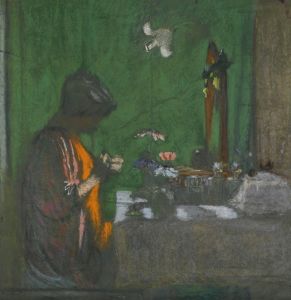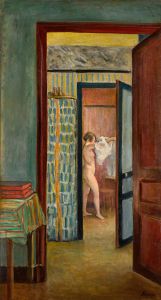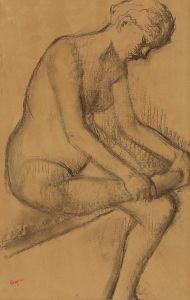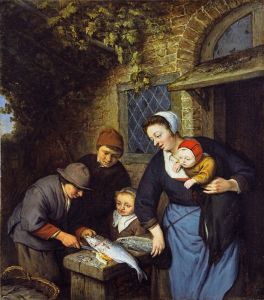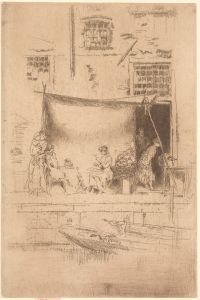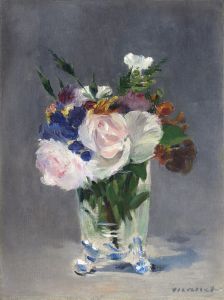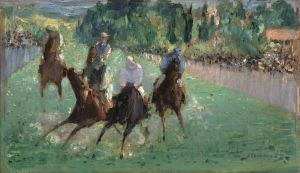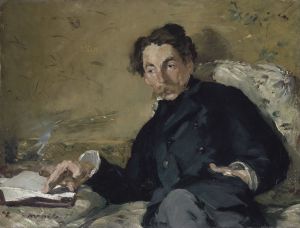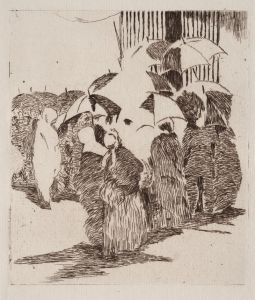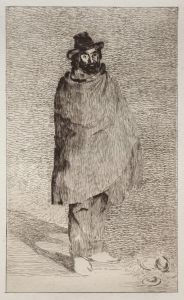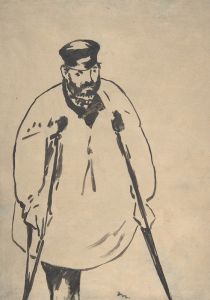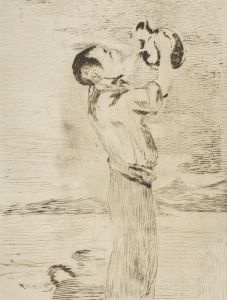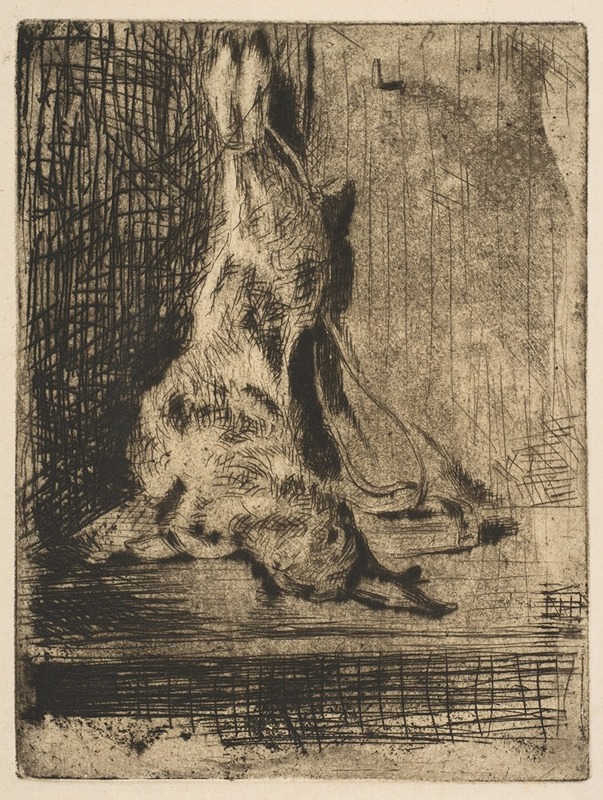
The Rabbit
A hand-painted replica of Édouard Manet’s masterpiece The Rabbit, meticulously crafted by professional artists to capture the true essence of the original. Each piece is created with museum-quality canvas and rare mineral pigments, carefully painted by experienced artists with delicate brushstrokes and rich, layered colors to perfectly recreate the texture of the original artwork. Unlike machine-printed reproductions, this hand-painted version brings the painting to life, infused with the artist’s emotions and skill in every stroke. Whether for personal collection or home decoration, it instantly elevates the artistic atmosphere of any space.
Édouard Manet, a pivotal figure in the transition from Realism to Impressionism, is renowned for his innovative approach to painting and his role in the development of modern art. One of his lesser-known works, "The Rabbit," exemplifies his skill in still life painting, a genre that he explored throughout his career.
"The Rabbit" is an oil painting that depicts a dead rabbit, a subject that Manet approached with a sense of realism and attention to detail. The painting is characterized by its stark composition and the artist's ability to capture the texture and form of the rabbit with a few deft brushstrokes. Manet's use of light and shadow in this work highlights the rabbit's fur and the contours of its body, creating a sense of depth and realism that is typical of his still life paintings.
Manet's choice of subject matter in "The Rabbit" reflects the influence of the Spanish and Dutch masters, whom he greatly admired. The depiction of game animals was a common theme in the works of artists like Francisco de Goya and Diego Velázquez, and Manet's painting can be seen as a homage to this tradition. However, unlike the more elaborate hunting scenes of his predecessors, Manet's composition is simple and direct, focusing solely on the rabbit itself without any additional elements or background distractions.
The painting's subdued color palette, dominated by earthy tones and subtle contrasts, is another hallmark of Manet's style. This restrained use of color serves to emphasize the naturalism of the subject and draws the viewer's attention to the intricate details of the rabbit's fur and anatomy. Manet's brushwork in "The Rabbit" is both precise and expressive, capturing the essence of the subject with an economy of means that is characteristic of his mature style.
"The Rabbit" is part of a broader body of work in which Manet explored the themes of life and death, nature, and the passage of time. Still life paintings like this one allowed him to experiment with composition, color, and technique in ways that were not always possible in his larger, more complex works. Through these studies, Manet was able to refine his approach to painting and develop the distinctive style that would influence generations of artists to come.
While "The Rabbit" may not be as widely recognized as some of Manet's other works, such as "Olympia" or "The Luncheon on the Grass," it nonetheless offers valuable insight into his artistic process and the themes that preoccupied him throughout his career. The painting stands as a testament to Manet's ability to find beauty and meaning in the simplest of subjects, transforming a humble rabbit into a work of art that continues to resonate with viewers today.
In summary, "The Rabbit" by Édouard Manet is a still life painting that exemplifies the artist's skill in capturing the essence of his subjects with realism and subtlety. Through his use of composition, color, and brushwork, Manet elevates a simple depiction of a rabbit into a poignant exploration of life and art.





